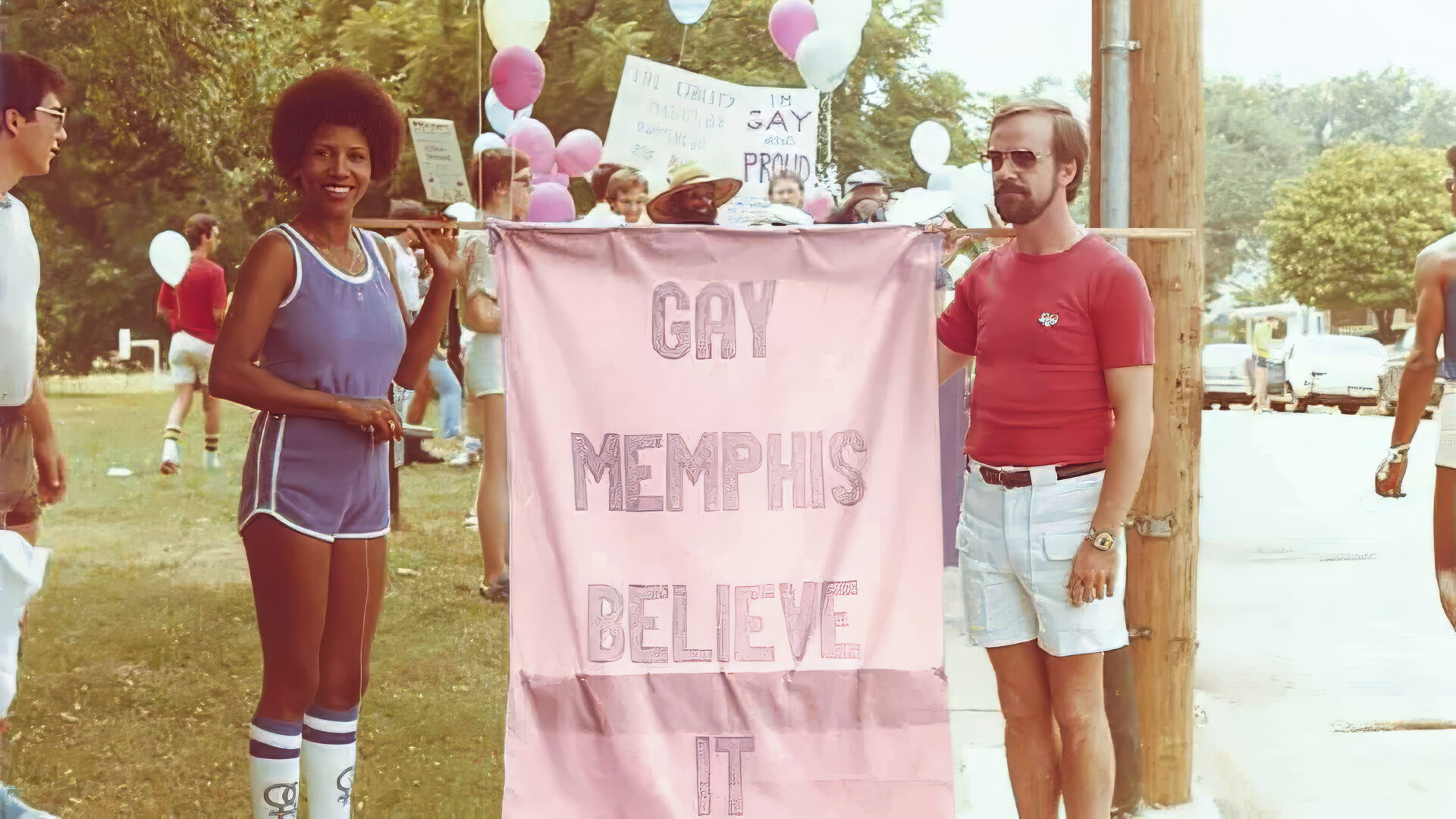On June 28, 1981, a group of LGBTQ+ Memphians stepped into the streets with a sense of urgency and defiance that the city had never seen before. For the first time, Pride in Memphis was not confined to private spaces or hidden gatherings. This was a march—a public, unapologetic display of existence in a city that had long demanded their silence. Organized by the Memphis Gay Coalition, the march moved from Peabody Park through the Cooper-Young district, asserting a presence that could not be ignored.
Marching was not an easy choice. Visibility in Memphis came at a cost, and for many of those walking that day, the risks were real—jobs, safety, family ties, all put on the line in a moment of collective courage. Yet, they marched. Some held signs, others locked arms, but all of them knew that their steps meant something larger than themselves. This was a statement of belonging, a declaration that the LGBTQ+ community was here, and it was not going away.
The march culminated in a rally at Overton Park, where speeches carried the weight of history and the hope of a future that felt distant but possible. Words of resilience, anger, and determination filled the air, echoing against the trees that had witnessed so much of Memphis’s struggle for civil rights. In that moment, Pride in Memphis became something permanent. No longer just a gathering, it was a movement.
This first Pride march was more than an act of celebration. It was an act of defiance in a city where LGBTQ+ existence was still met with hostility. It marked a shift in Memphis’s cultural landscape, proving that the fight for equality was no longer one that would be waged in the shadows. Every Pride event that followed, every rally, every march, owed something to that first courageous walk through the streets.
The legacy of that day continues to shape Memphis Pride. The marchers of 1981 laid a foundation, ensuring that future generations would have the freedom to walk those same streets without fear. They transformed Memphis not with grand declarations, but with steady, determined steps. And in those steps, a city changed.
